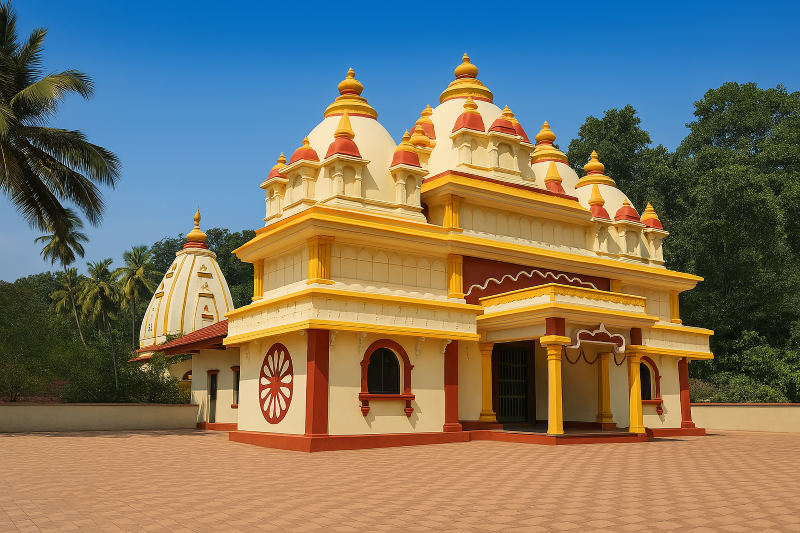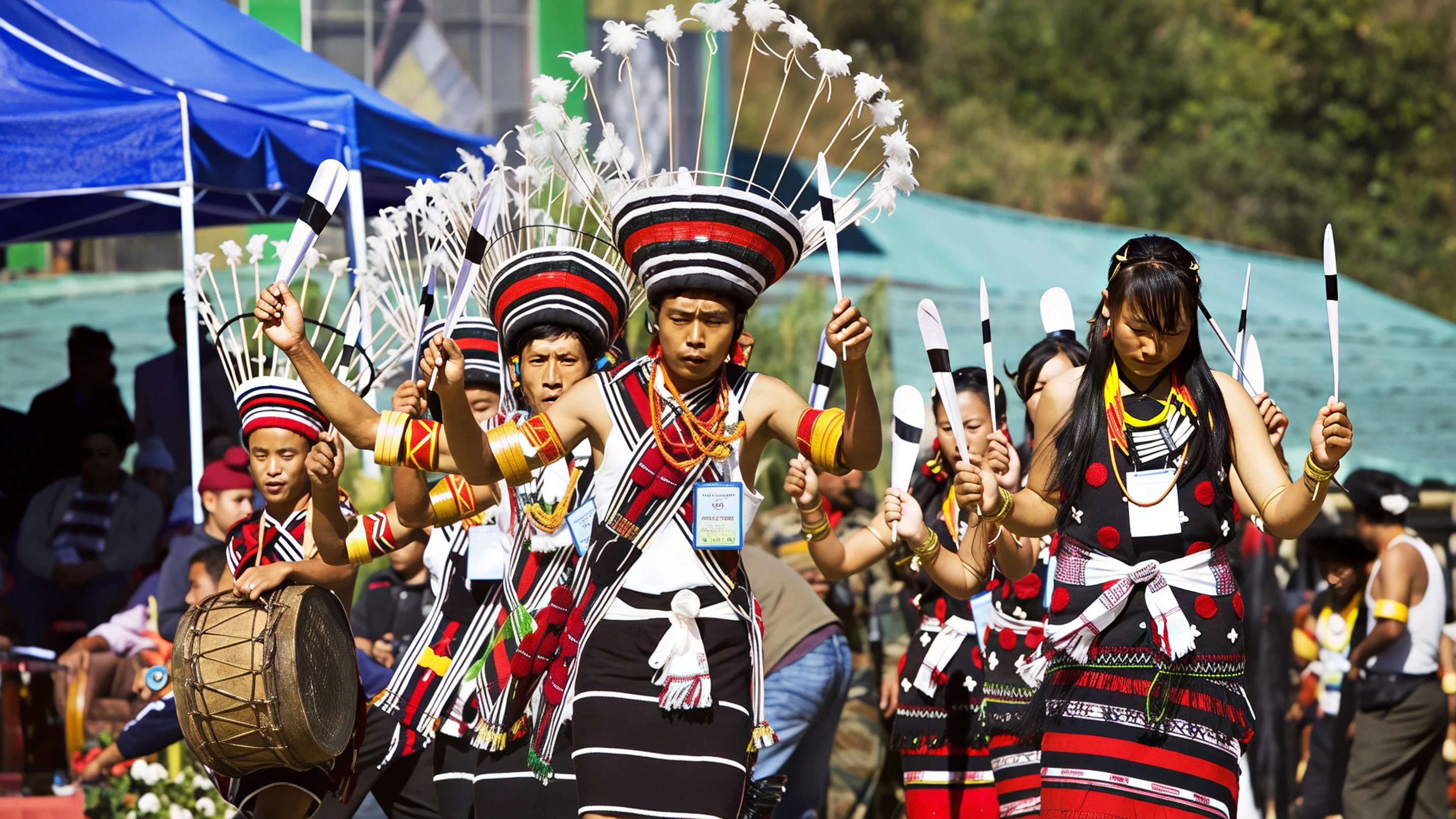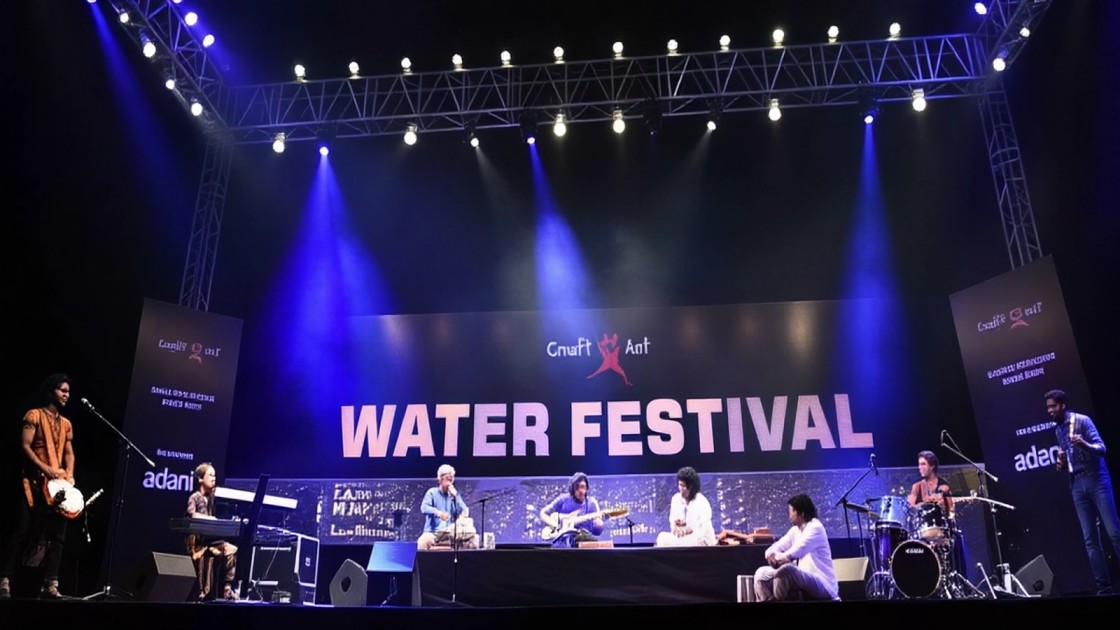1. Kamakhya Temple, Assam
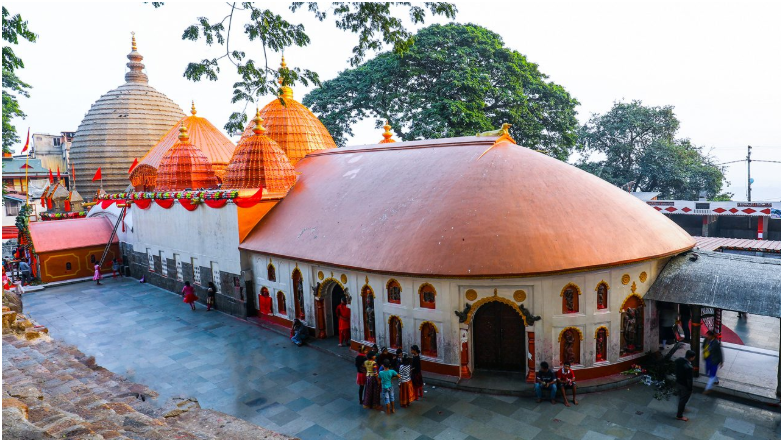
Located in Guwahati, this powerful Shakti Peeth is unlike any other. The goddess is not represented in a human form but is worshipped as a symbol of creation itself. Animal sacrifice continues to be part of the rituals here, especially during the Ambubachi Mela when it is believed the goddess undergoes menstruation. Goat meat, cooked without onion or garlic, is offered to the deity and later distributed as prasad. This tradition draws from Tantric beliefs where blood is not considered impure but sacred.
2. Kal Bhairav Temple, Ujjain
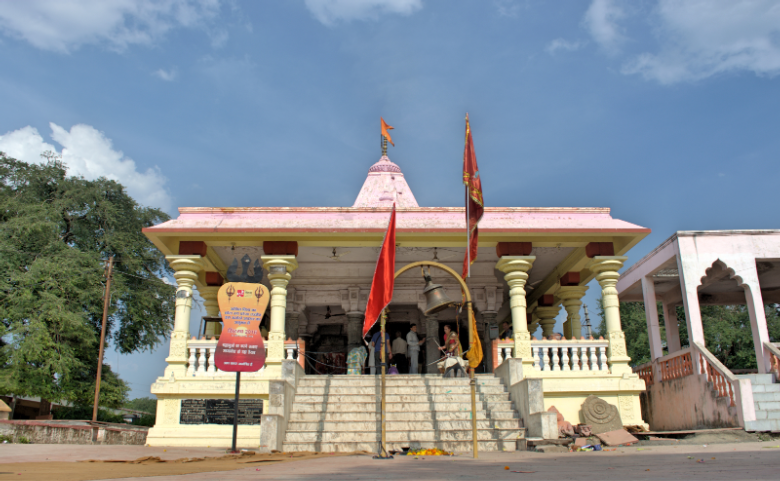
In Ujjain, the Kal Bhairav temple is a place where alcohol is part of the religious offering. Devotees bring bottles of country liquor and pour them directly into the mouth of the deity. The temple even sells alcohol from authorized stalls for this purpose. It is believed that the deity accepts only a part of it, while the rest remains. This practice has roots in Tantric worship, where liquor is one of the symbolic elements of ritual transformation and devotion.
3. Kali Temples in Bengal
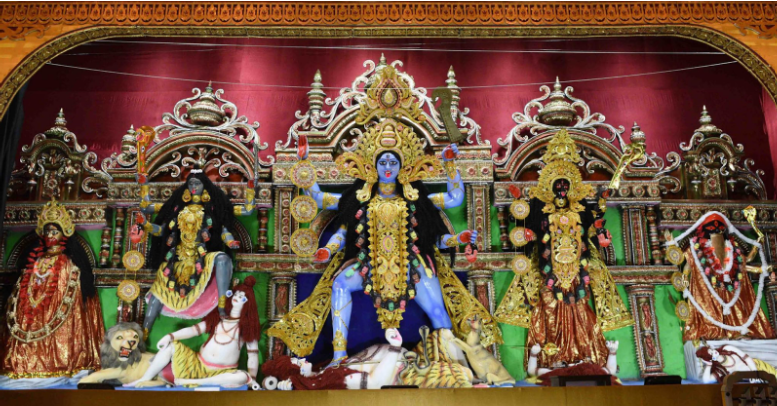
In Bengal, the worship of Kali is intense and emotional. Devotees offer not just flowers and sweets but also meat and liquor. Temples like Kalighat and Dakshineswar in Kolkata are known for allowing non-vegetarian offerings. During major festivals like Kali Puja and Navaratri, goat meat and fish are offered in rural areas. After the ritual, the cooked meat becomes prasad and is shared as part of a sacred meal. The belief is that Kali accepts all forms of devotion, not just those that fit modern definitions of purity.
4. Kamleshwar Mahadev Temple, Goa
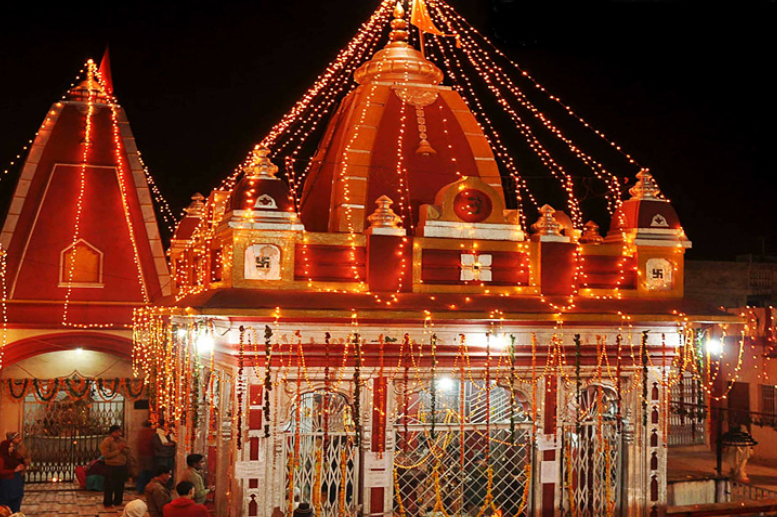
In Goa, the Kamleshwar Mahadev Temple offers a unique practice where fresh fish is presented to Lord Shiva. The offering follows a sacred process. The fish is washed, cleaned and then offered with full devotion. It is later consumed by priests and devotees as prasad. This temple reflects the local fishing culture and the integration of traditional beliefs with everyday life. It shows that faith often adapts to local livelihoods rather than existing in isolation.
5. Temples in Himachal Pradesh
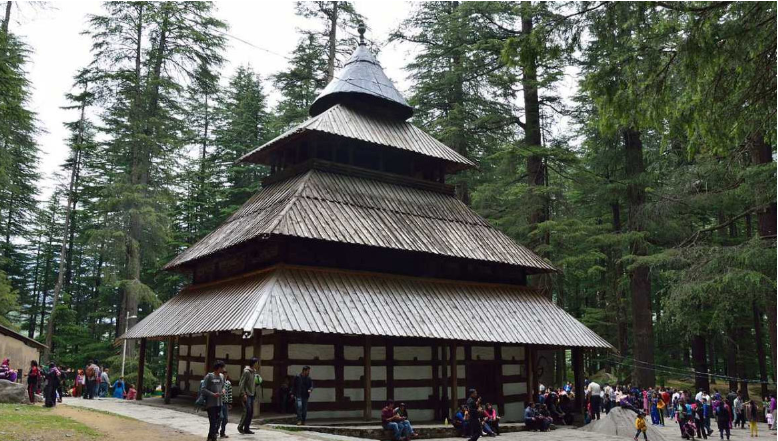
In Himachal Pradesh, several temples maintain the tradition of animal sacrifice, especially during festivals. In places like the Kamakhya Temple in Himachal and during Kullu Dussehra, goats are offered as a part of community rituals. These deities are often linked to local guardian spirits or gram devtas who are believed to protect the villages. The worship practices here are rooted in tribal customs and carry a strong connection to the land and its people.
6. Temples in Kerala
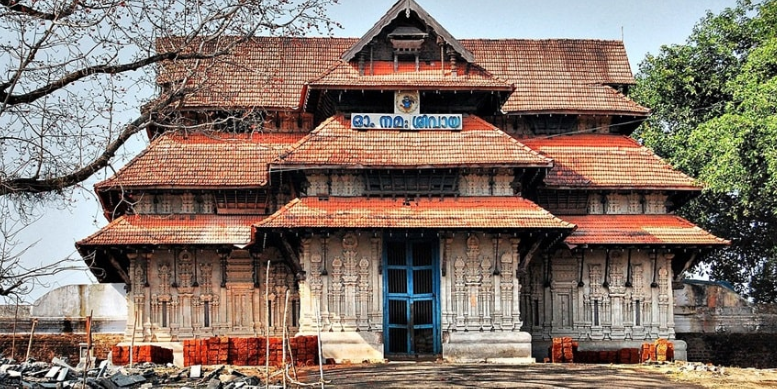
Kerala’s temple rituals are usually known for their discipline and classical traditions, but many temples in the Malabar region follow ancient customs that include offerings of toddy, meat and fish. These are not random acts of indulgence but carefully planned rituals that require purification, specific cooking methods and a spiritual mindset. The offerings are made as part of ceremonies often linked to Theyam and ancestral worship, where the line between the human and divine becomes thin.
For more fascinating travel stories and cultural insights from India’s most unique destinations, follow Travel Moves on Instagram and Facebook today.

